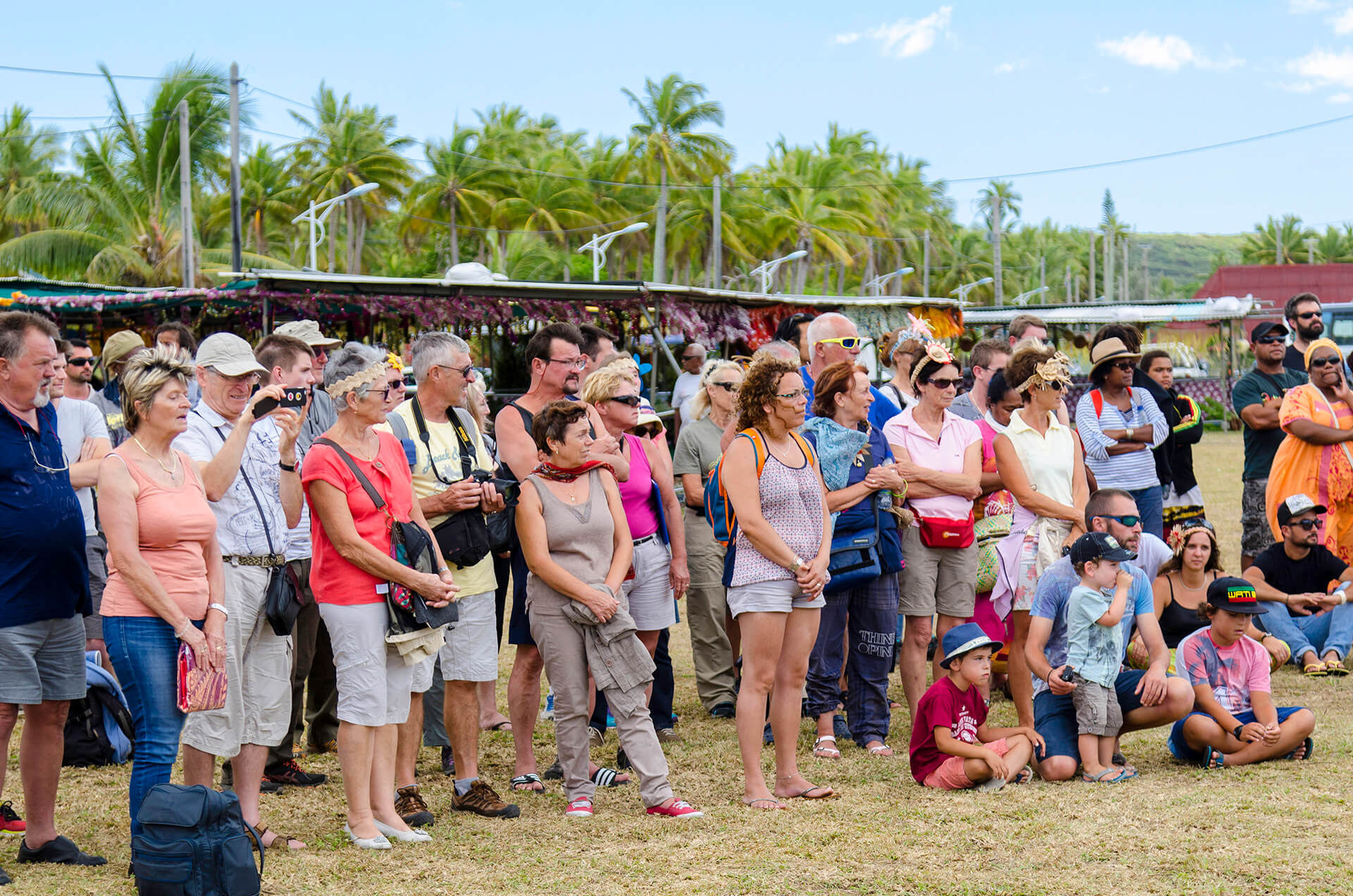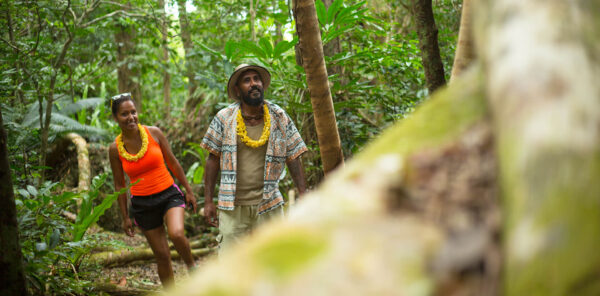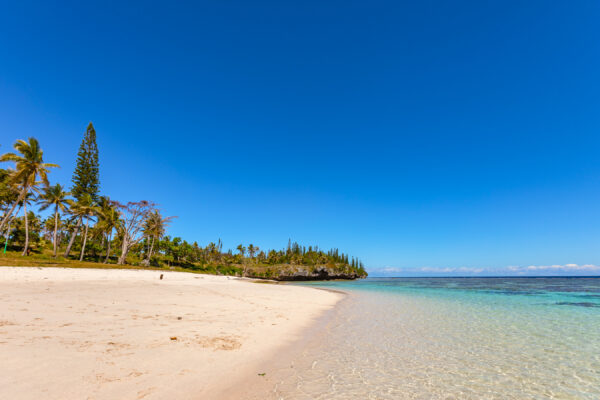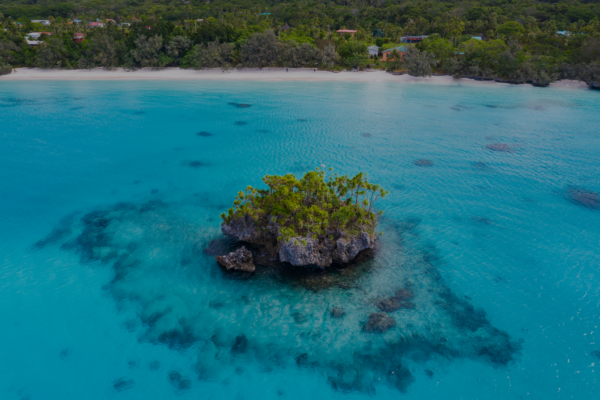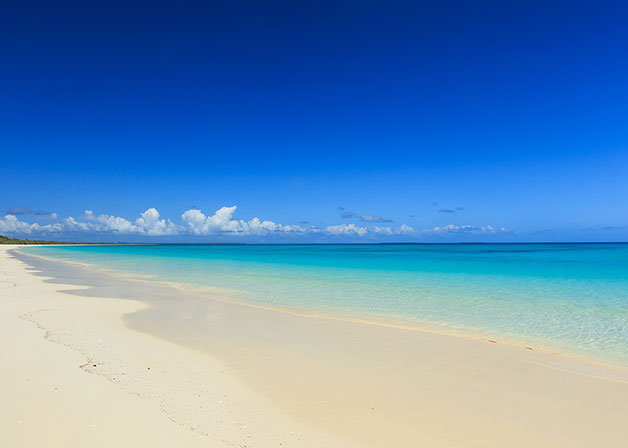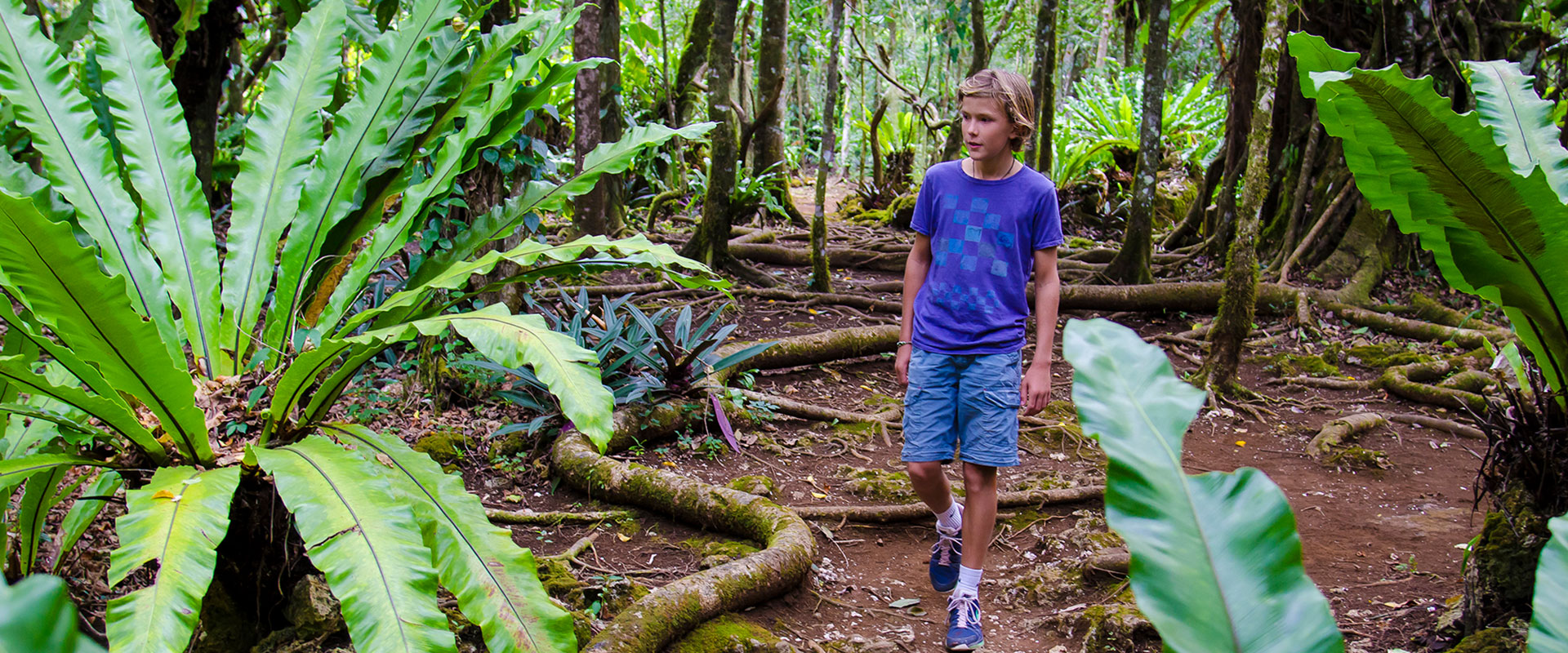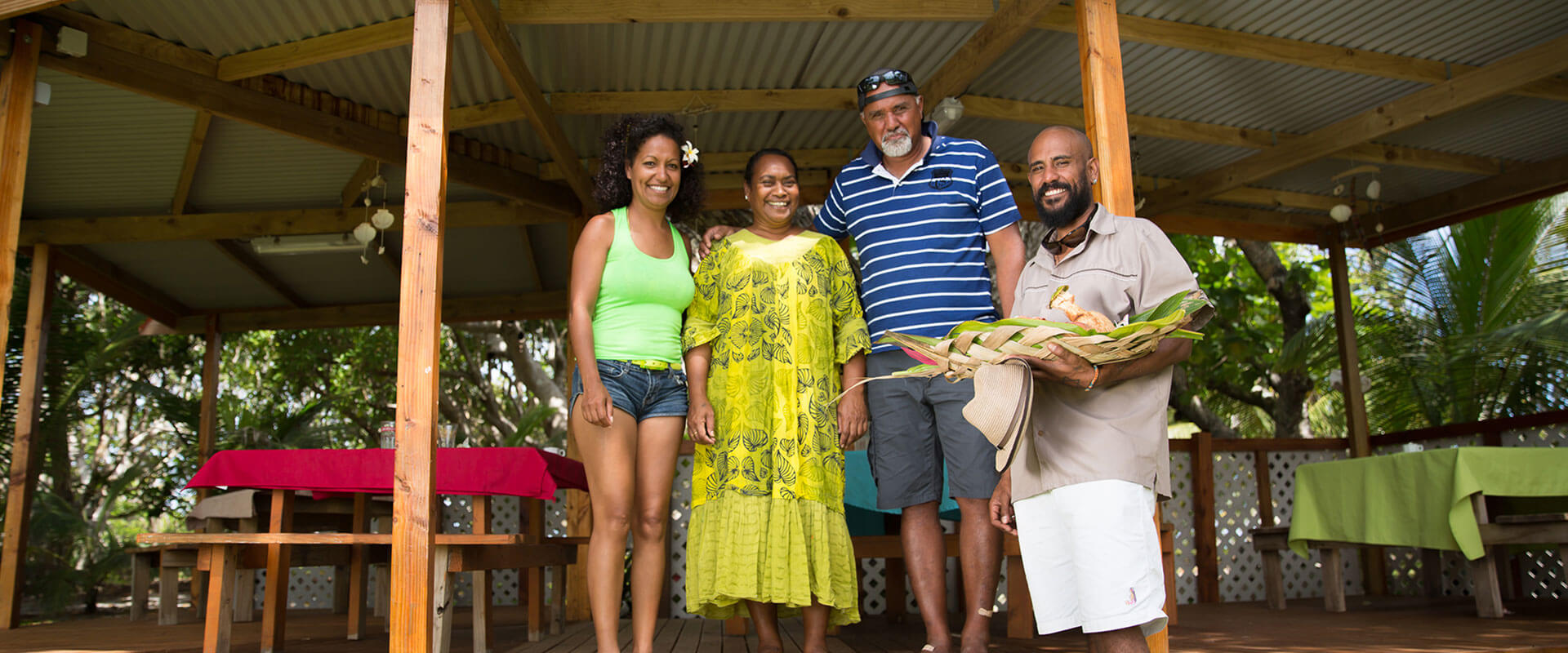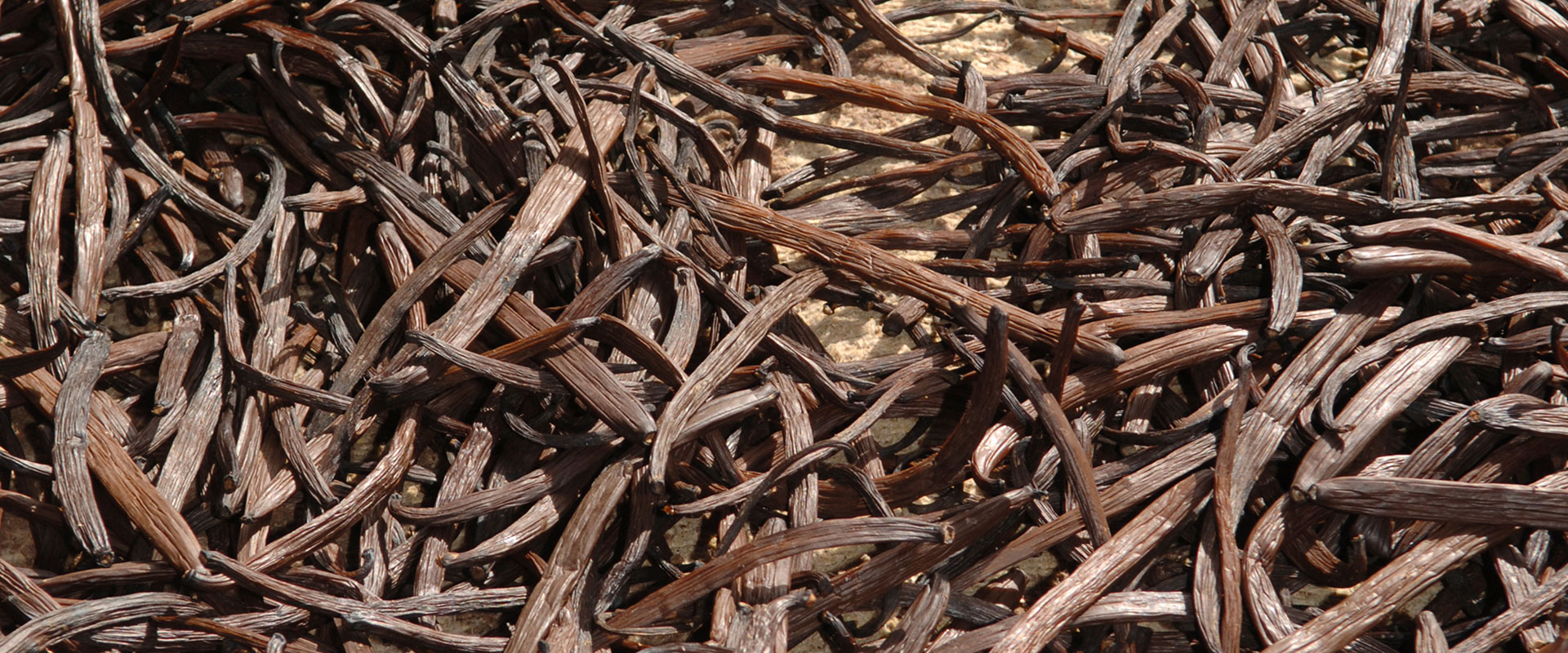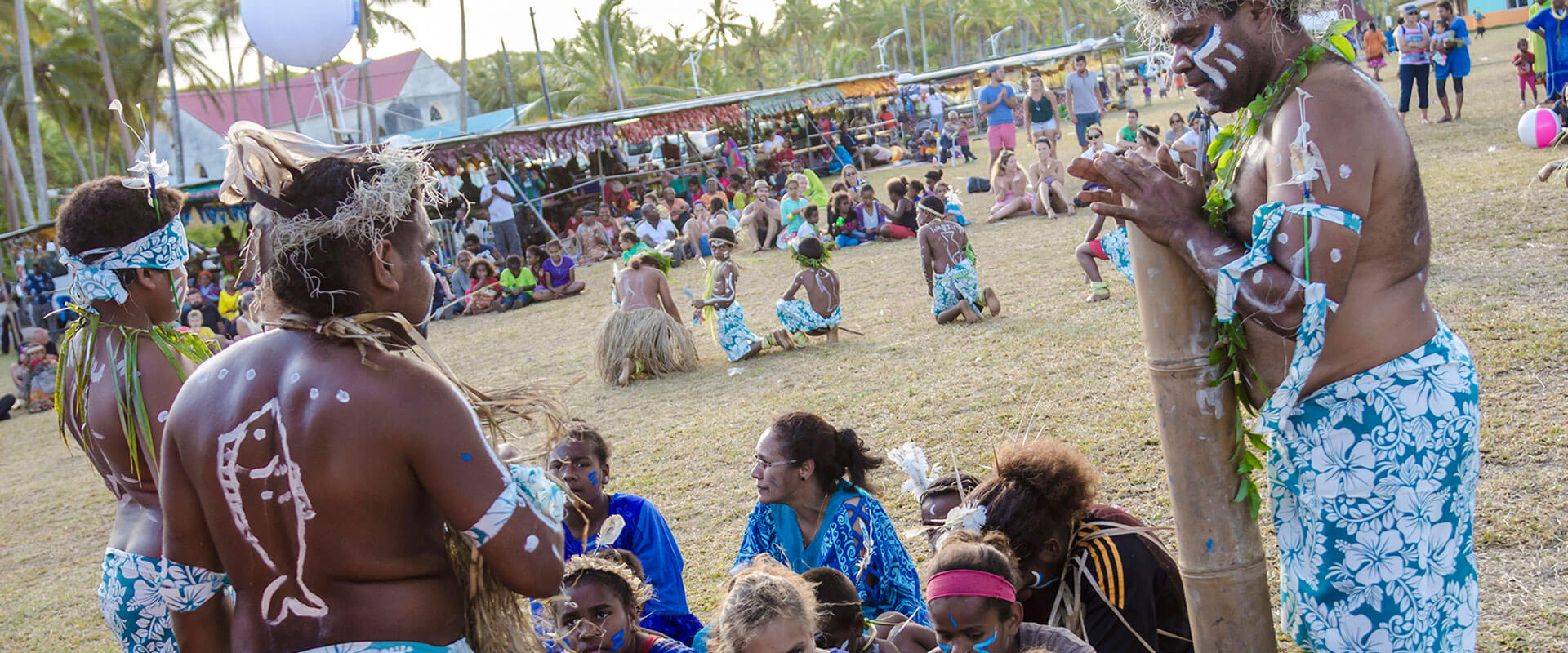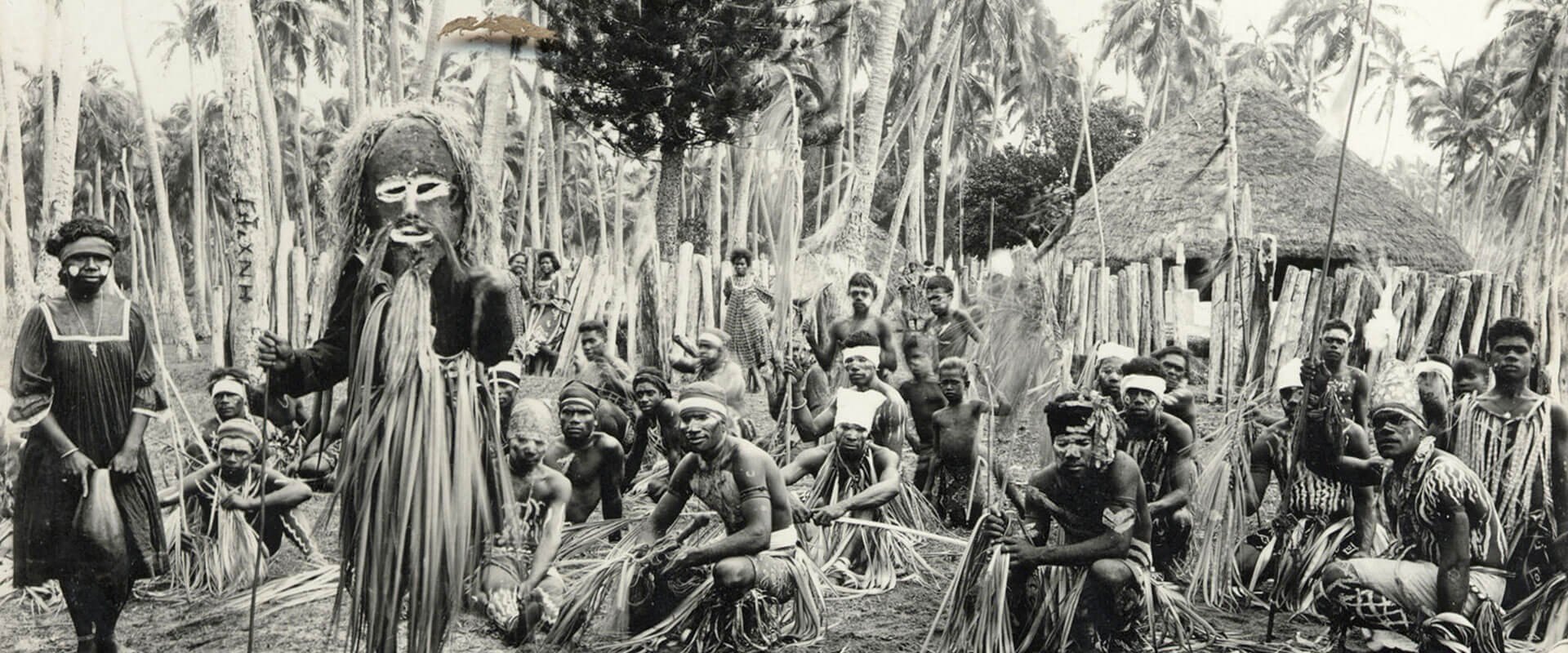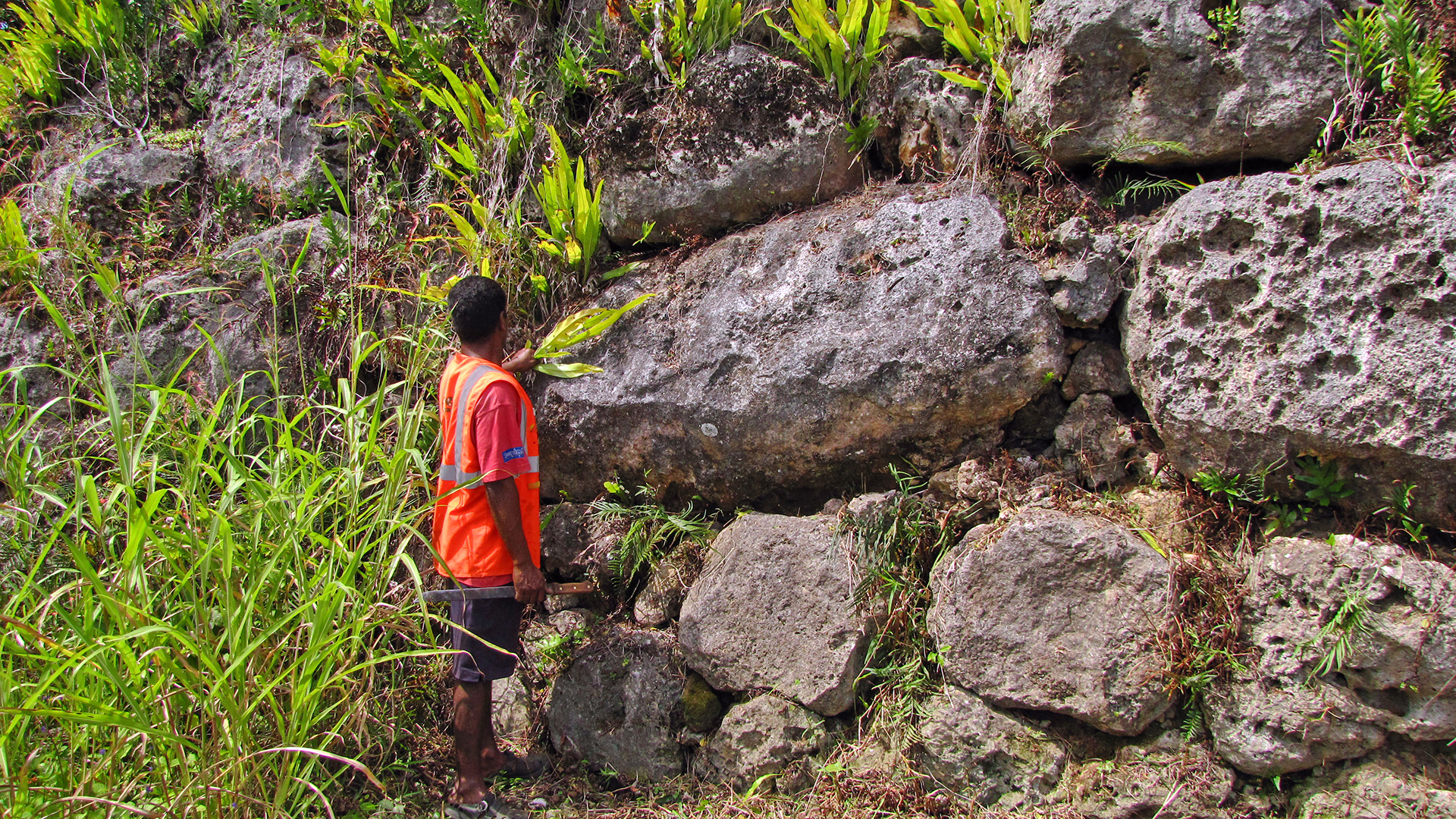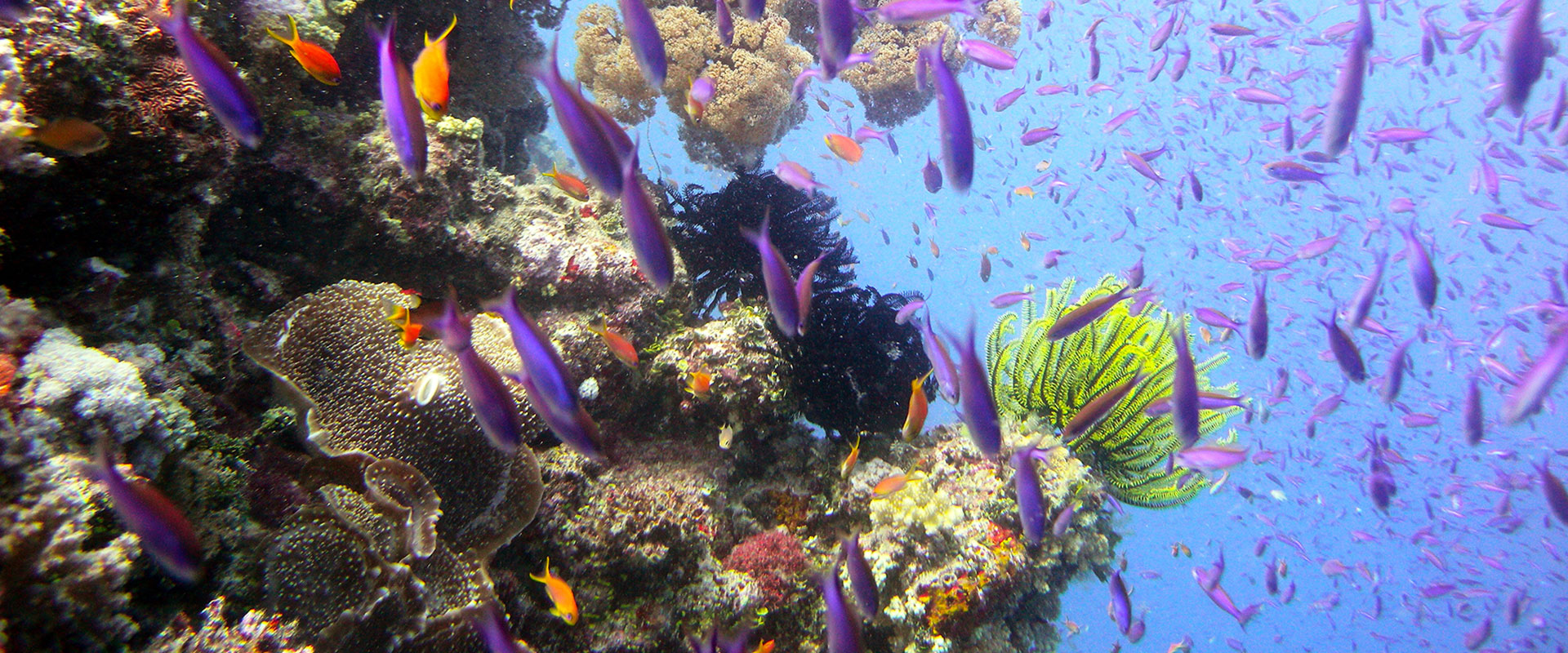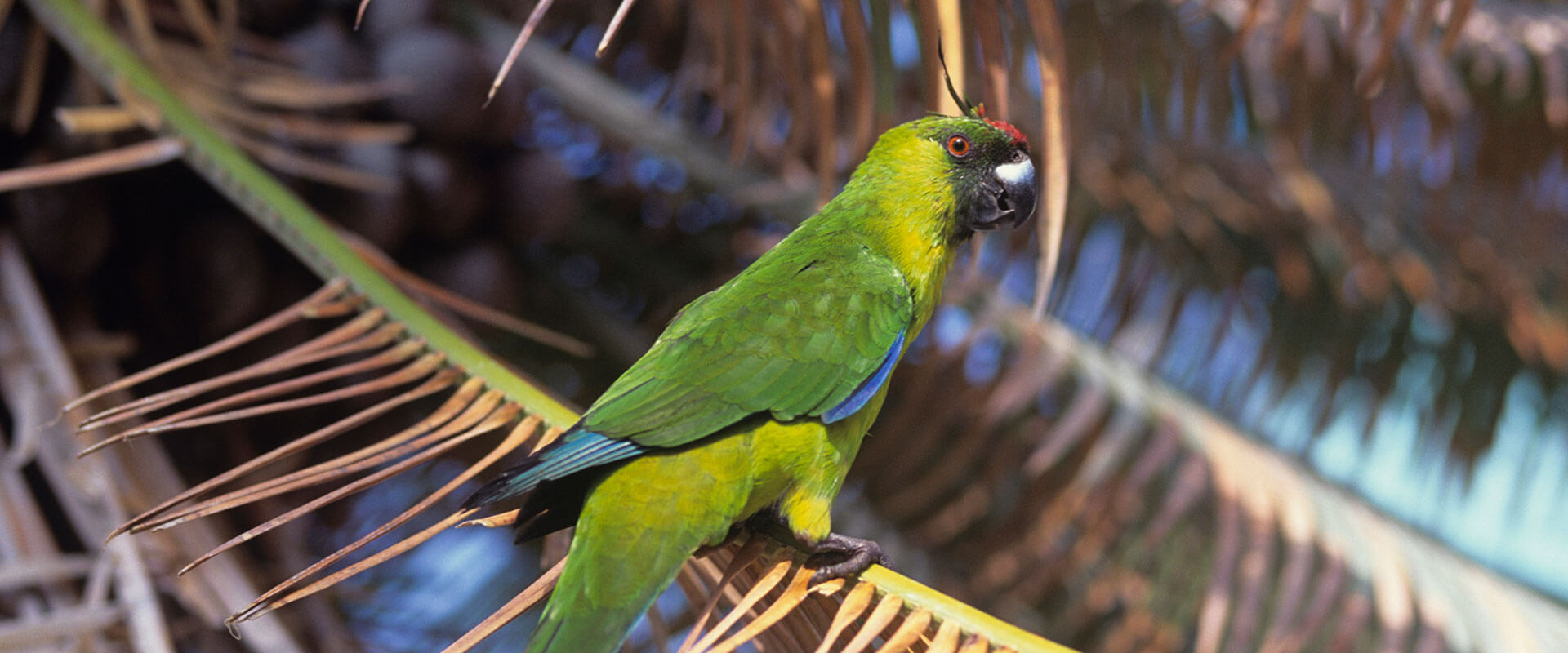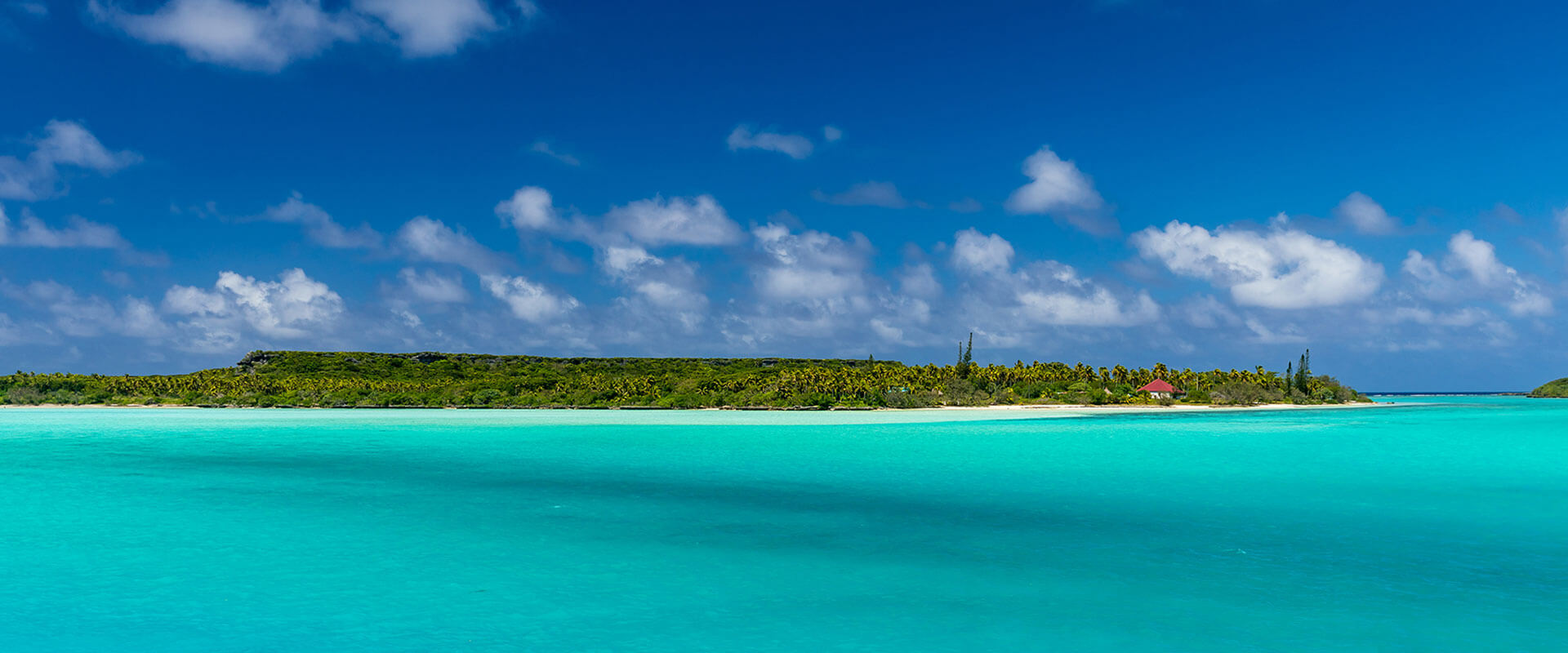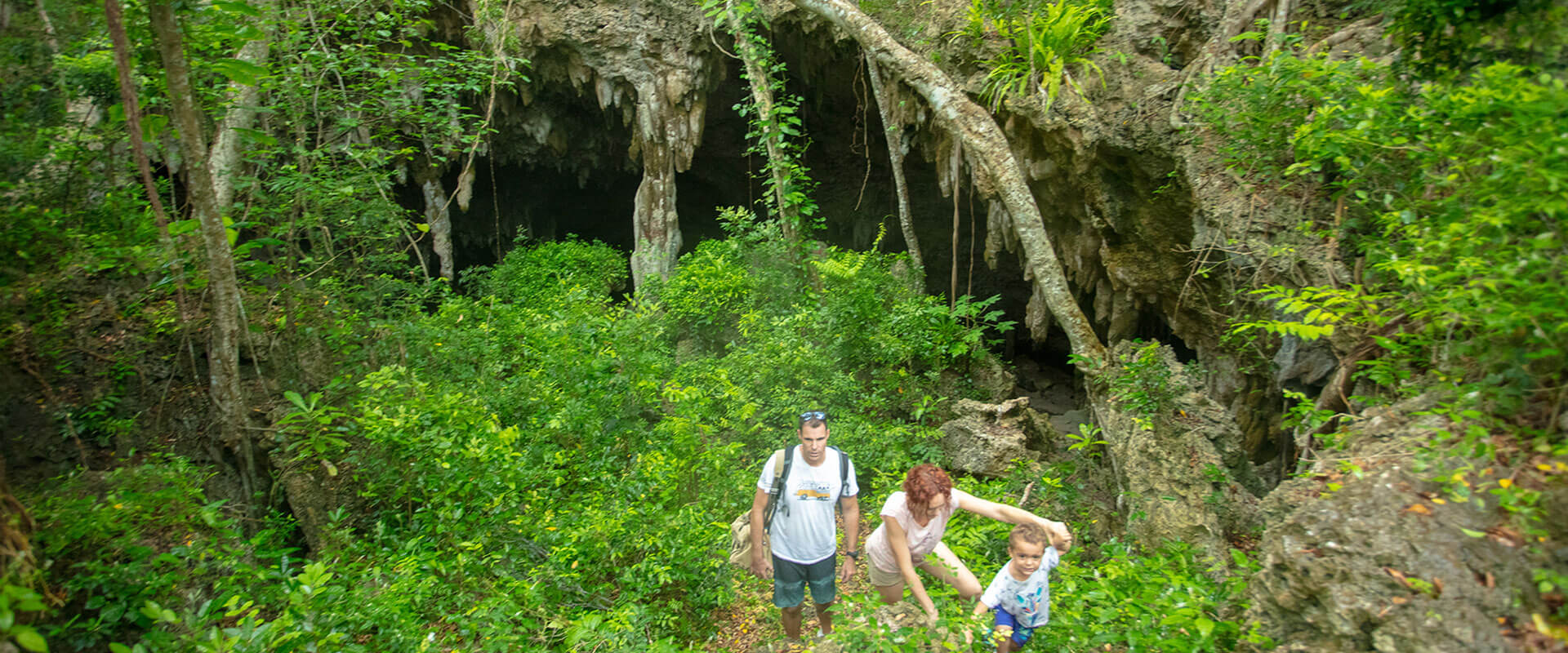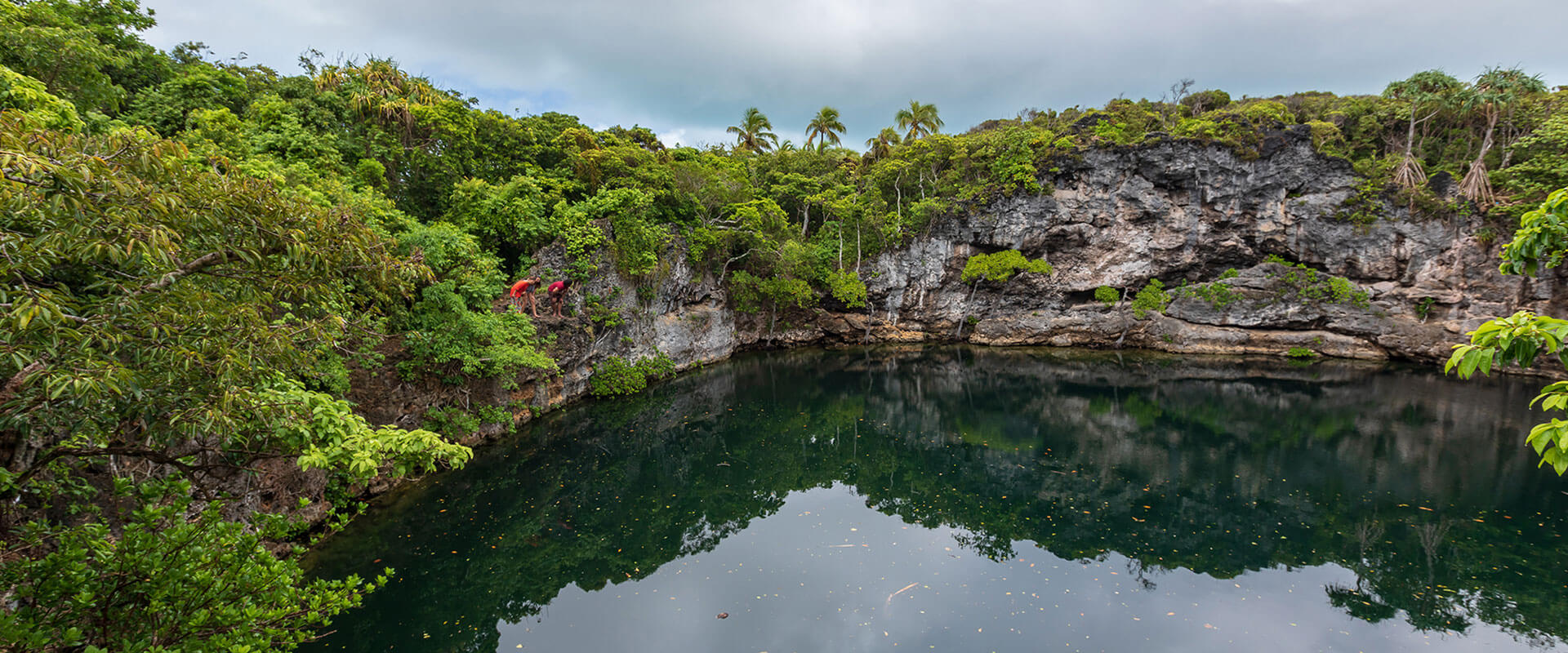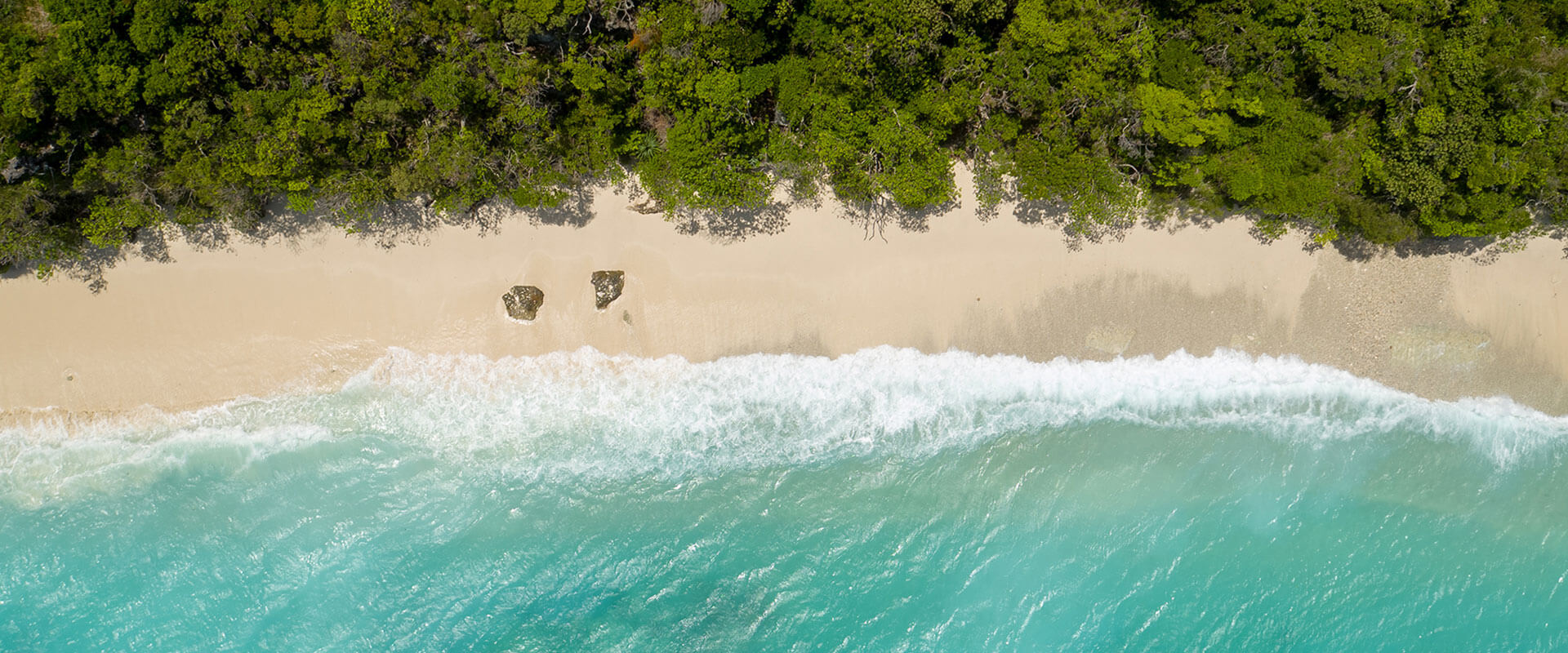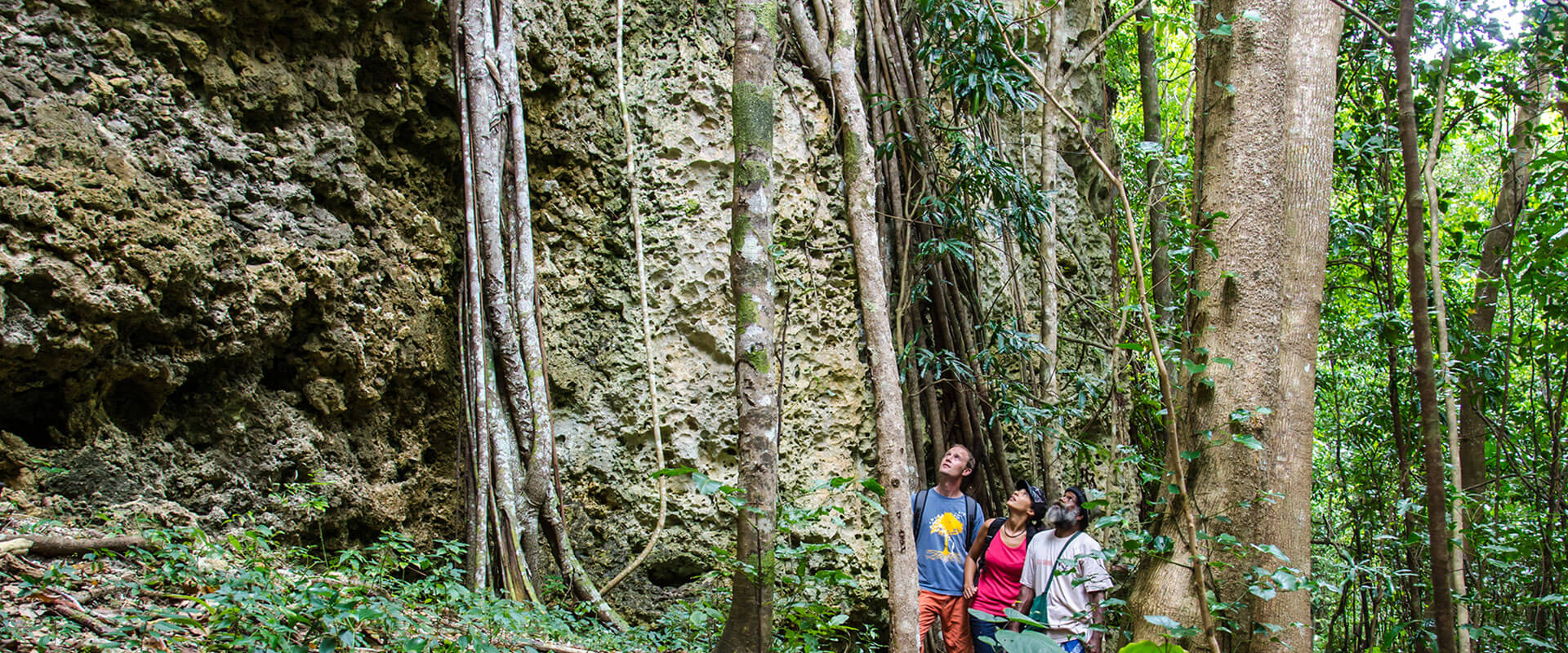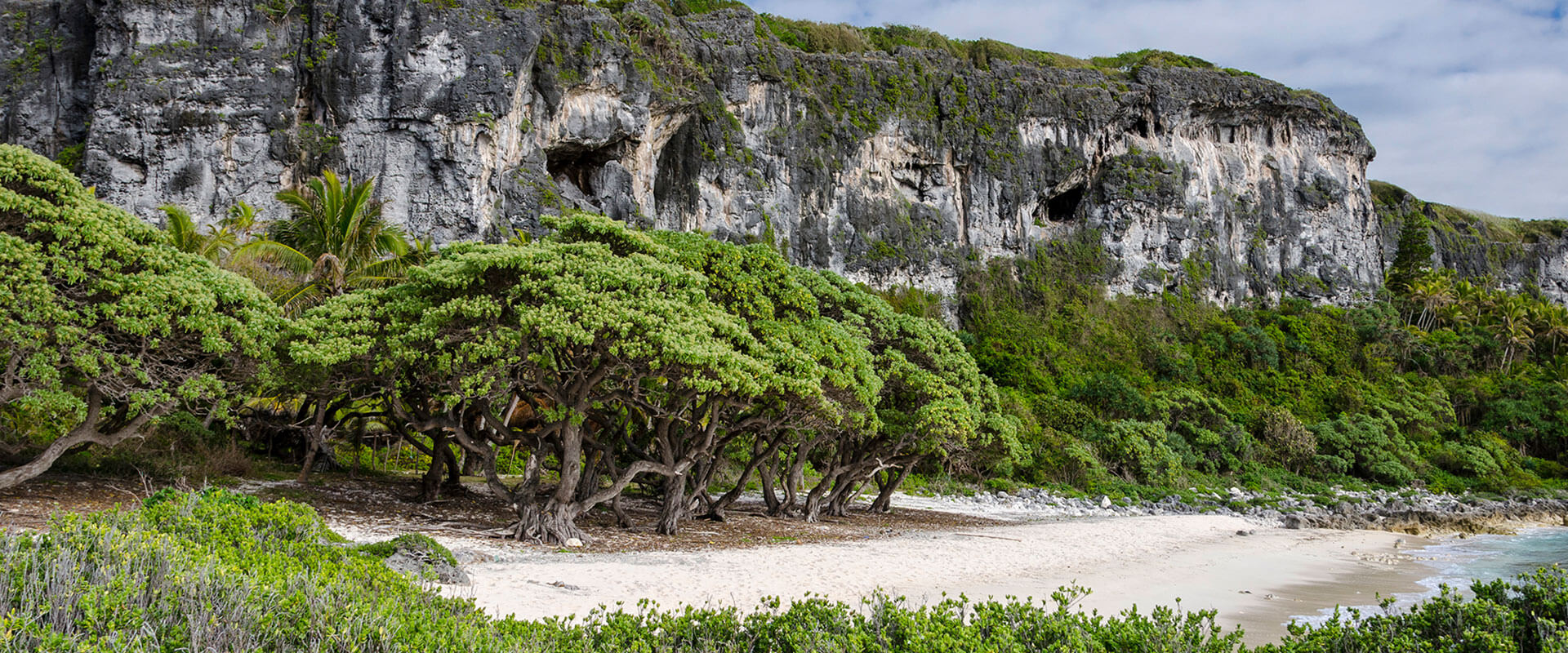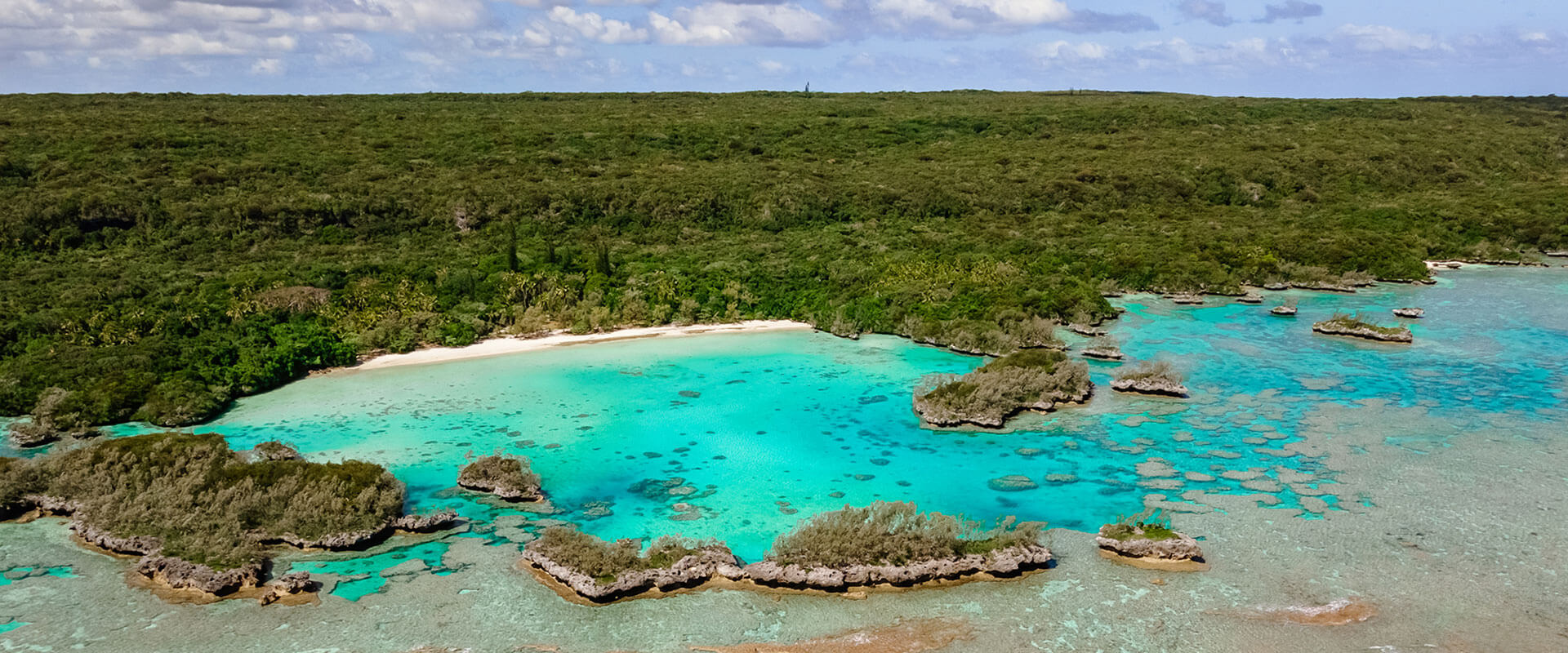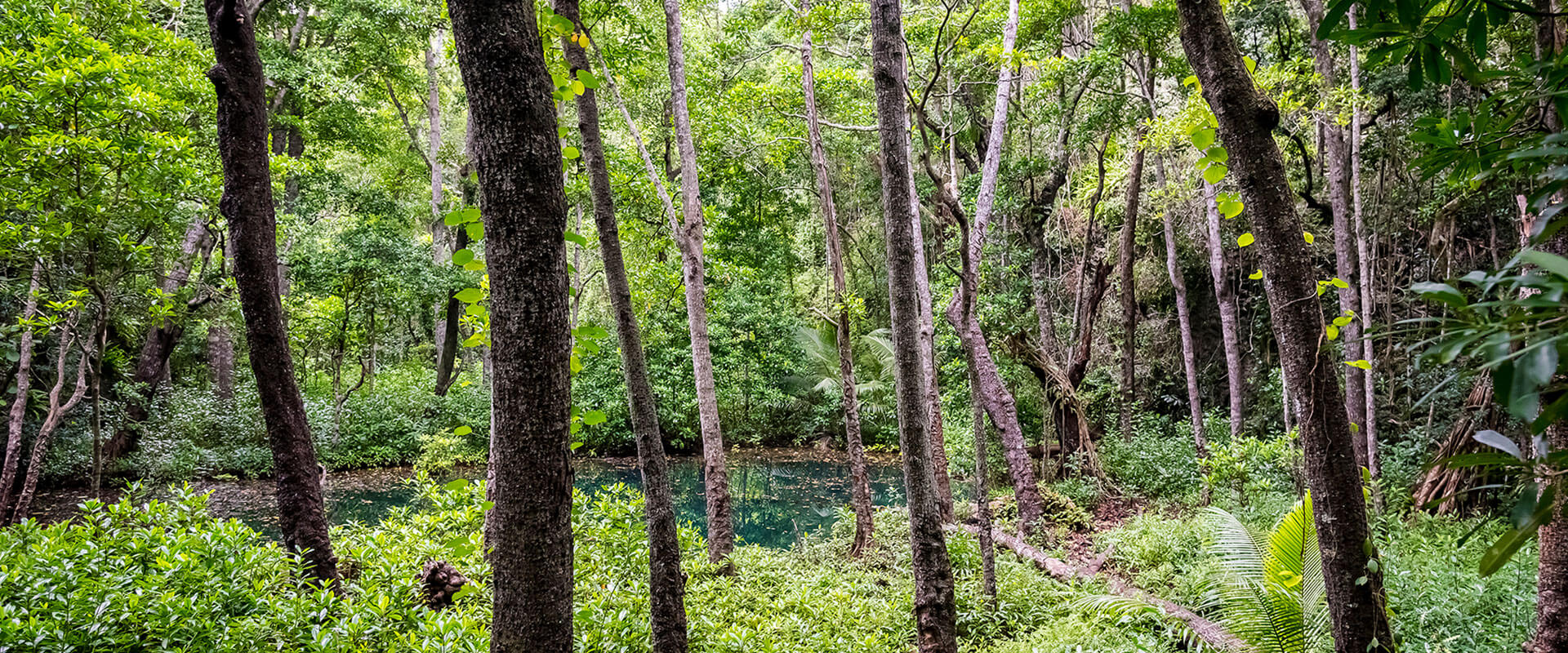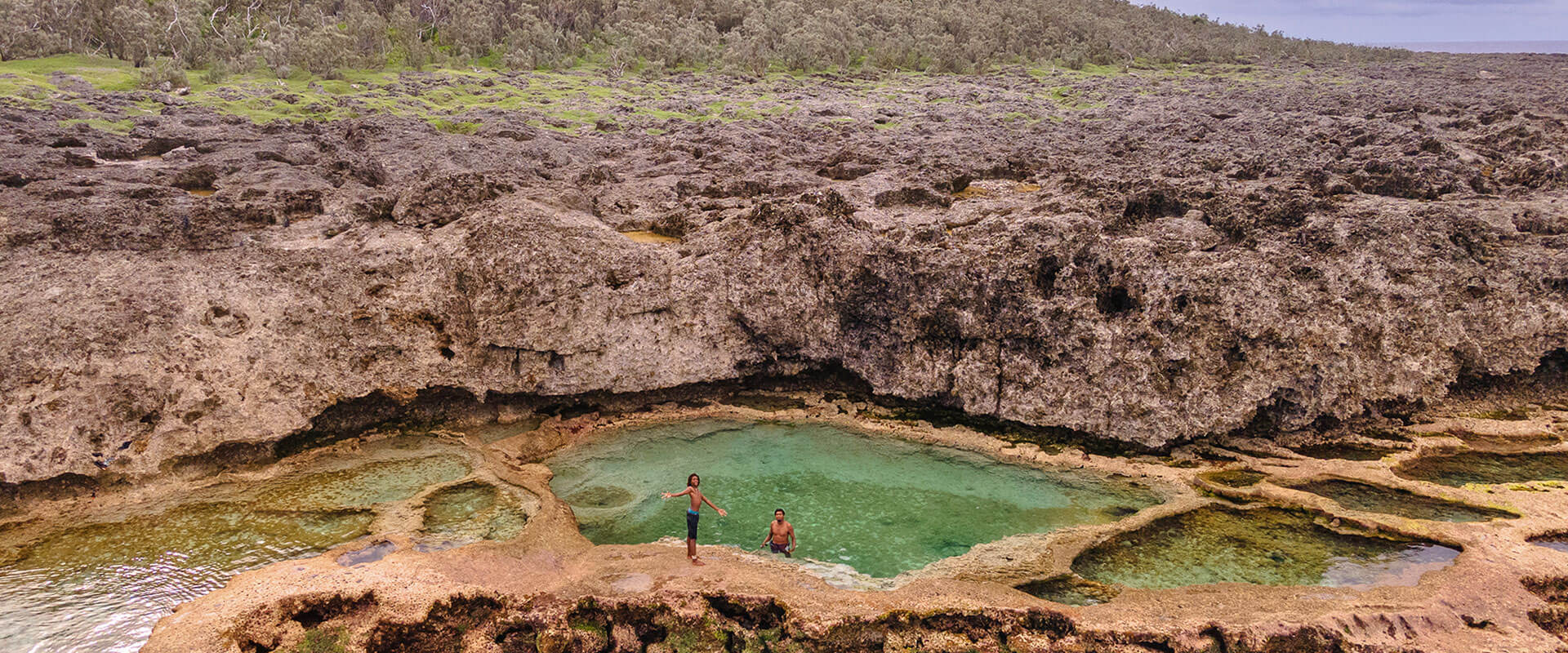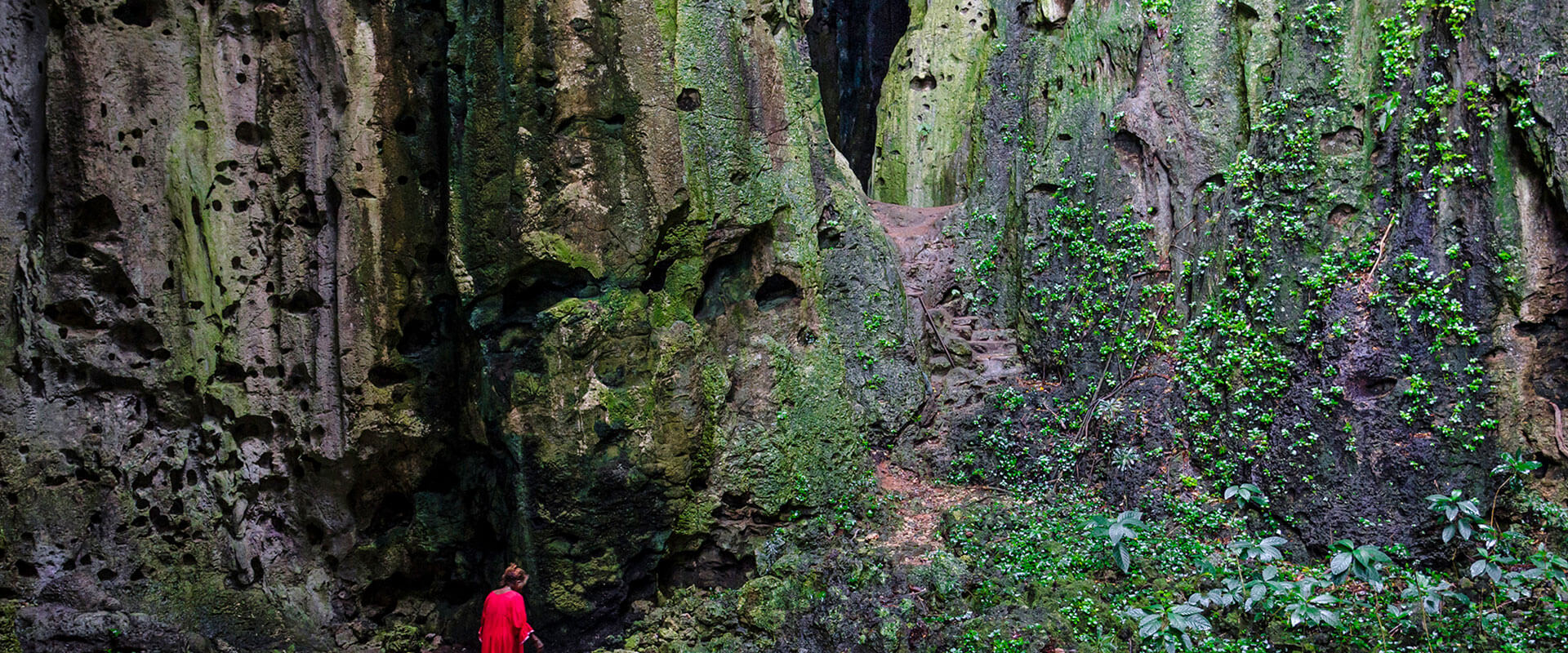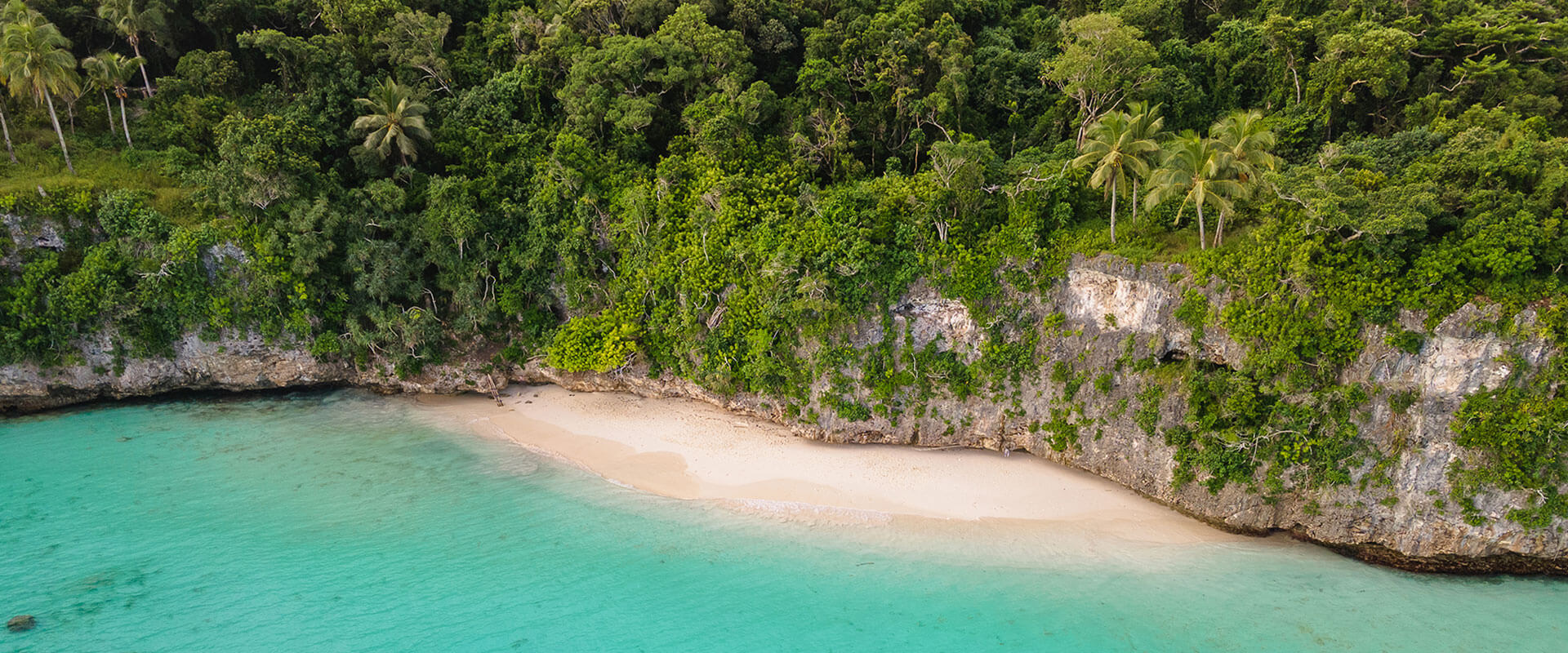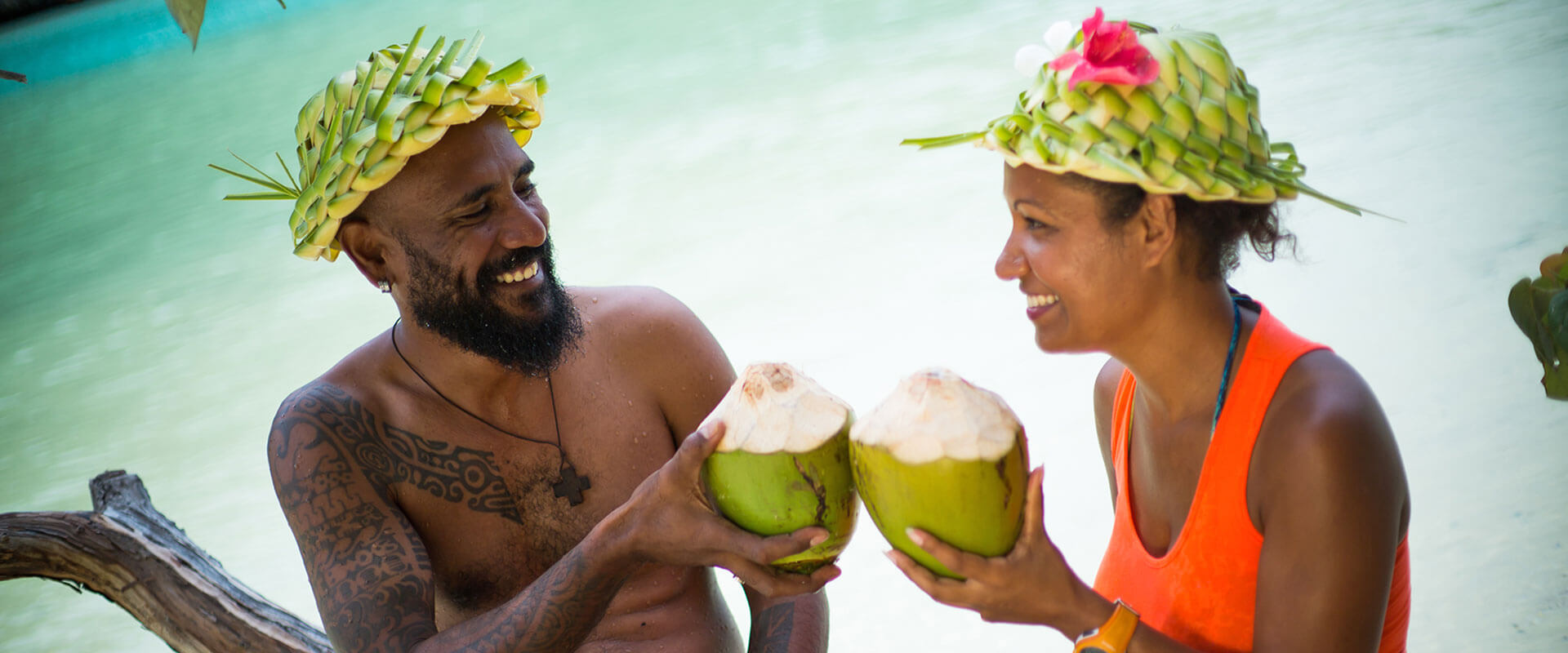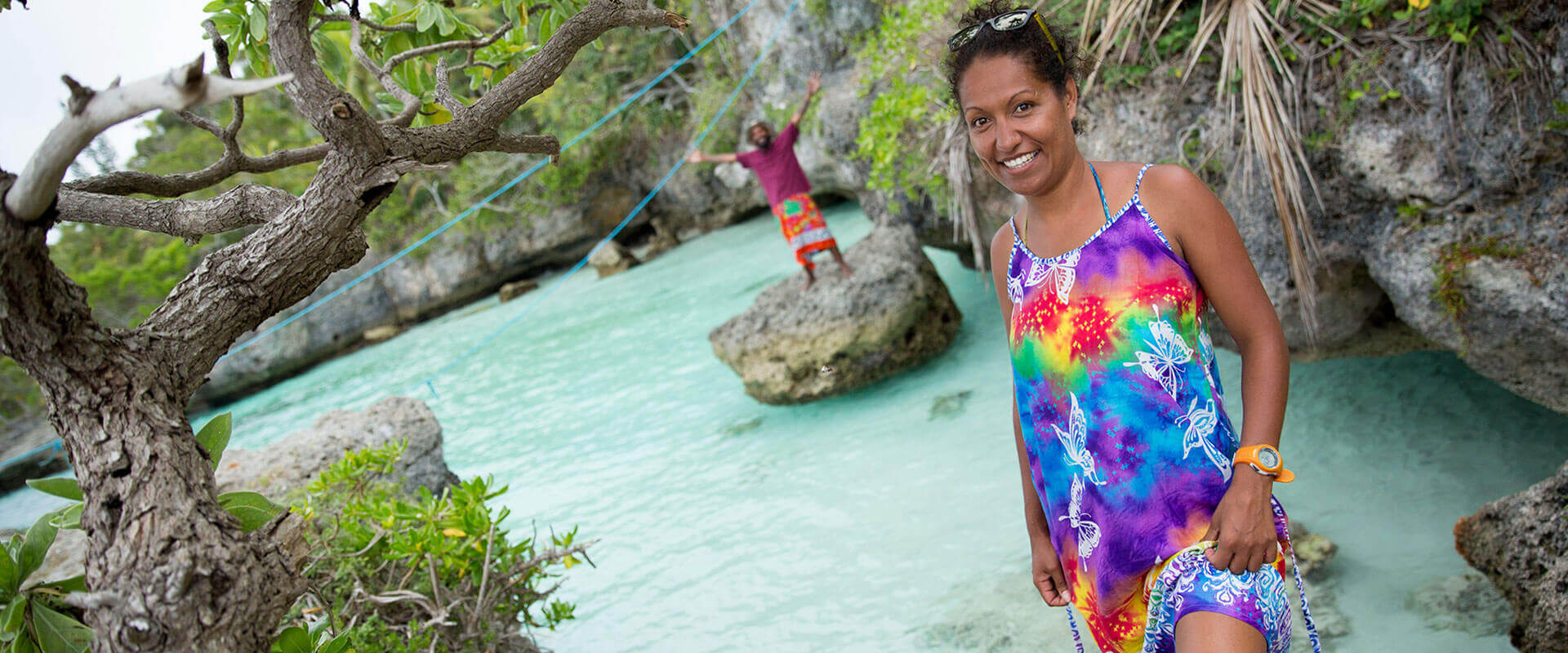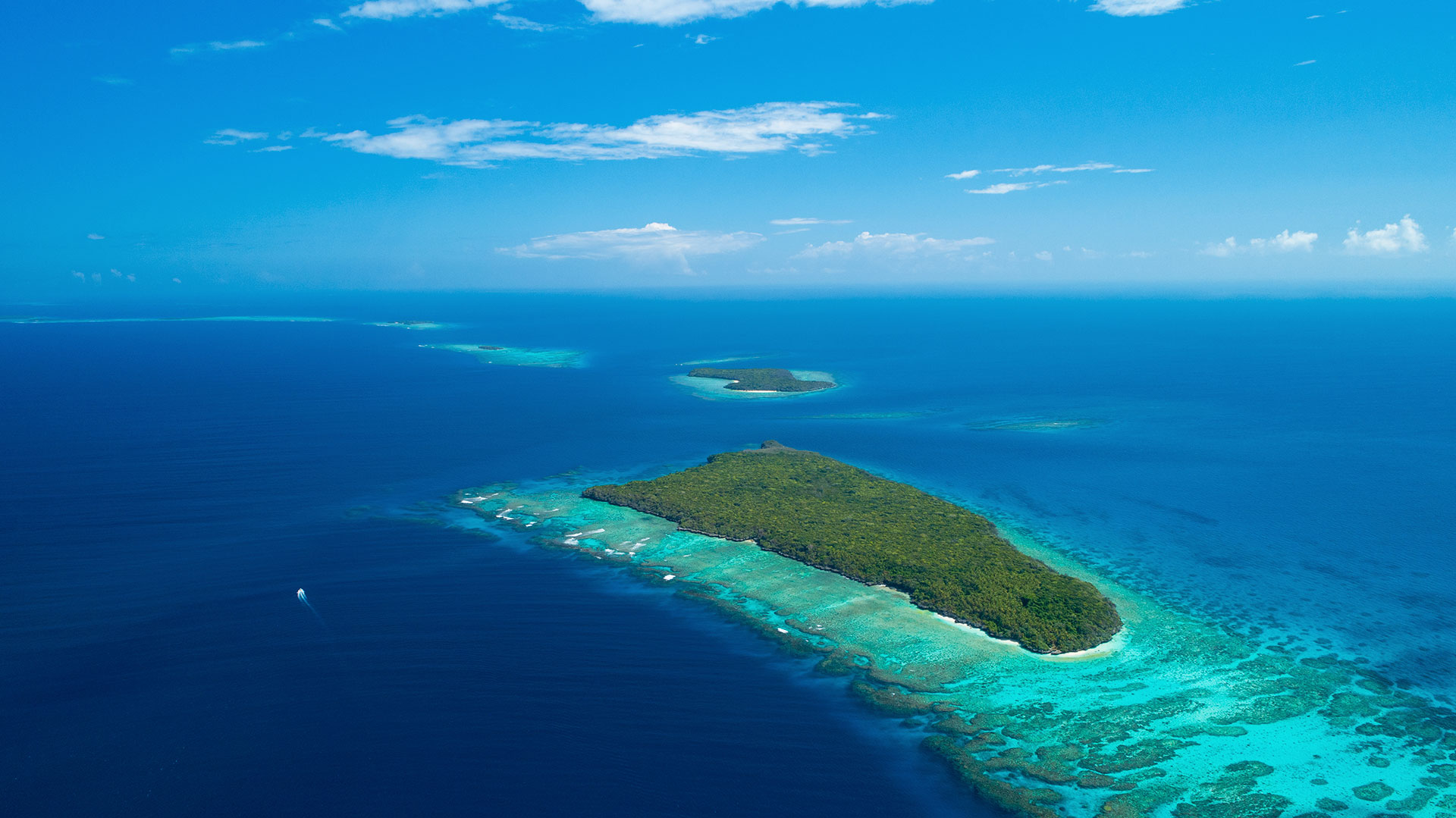 4021
4021 8 December 2022
8 December 2022 admin
admin
Custom
An essential passport to understanding Kanak culture, custom is both simple and complex. Above all, it concerns a concept that represents, as its name indicates, tradition, social practice and proprieties. Custom, the foundation stone of the Loyalty Island culture, represents traditional morality, which is based on the kind of social ties between people. Very much alive on Maré, Ouvéa, Lifou and Tiga, custom has been able to survive and adapt over the centuries to the arrival of Protestantism and Catholicism.Social organisation
In the Loyalty Islands, the traveller will go from tribal village to tribal village. The term tribe (tribal village) was invented by the colonial administration to refer to reserves and protected areas where the Kanaks were grouped. In 1867, the legal personality of the tribe or tribal village was recognised by law for the first time. Today the term tribu refers to both the chefferies (chieftaincies) and to the inhabited areas where their members live.
Throughout the three islands, sixty tribal villages were set up. They are administered by chiefs who ensure there is social cohesion. The tribal village chief is appointed by a high chief who rules over a district that may cover one or more tribal villages. On the three main islands, Lifou, Maré and Ouvéa, there are about 15 high chiefs. Garantors of custom authority, are at the head of a complex social system. On Maré, the dominant district is Guahma, while on Ouvéa the most important is Fayaoué.
In each district, comprising several clans, social tasks are defined. Thus one clan will be responsible for looking after the chief's field; another clan will be the guardian of the district's memory. On a smaller scale, the basic social unit is the family, often extending to the husband’s parents and unmarried brothers and sisters.
This large family is related to others by patrilineal kinship. The notion of the clan appears. The members of a clan are all considered descendants of a common mythic ancestor. While an individual takes his place in the father's clan, he remains attached throughout his life to his mother's clan. Furthermore, maternal uncles play an important role in marriage ceremonies and mourning. These alliances of paternal and maternal clans enable a degree of social cohesion to be maintained in the islands.
Customary status
Under Article 75 of the French Constitution, Kanaks can have customary civil status. Different from general law status, it applies in the following four main areas:
– customary civil status (births, marriages, deaths);
– Palaver Records,the only written documents showing the intentions of the customary authorities;
– mediation in criminal cases,which allows for the presence of a customary assessor with the district court judge;
– land use : as the Loyalty Islands were declared full reserves at the time of colonisation, the land there is all customary land, while on the main island, land may be private, collective or customary land.
When discussing customary civil status, it is appropriate to distinguish between the status, on the one hand, which is a framework for customary organisation by the administration, and, on the other hand, the custom itself.
Behind the establishment of this special status is the idea that the Melanesian way of life cannot be reduced to the Western way of life, particularly as regards the Civil Code. To avoid too sudden a breakdown in social structures, the legislator wanted to give Kanaks the possibility of living according to their way of life. The Kanaks greatly value their customary status and few want to change it. They stay with it for historical reasons, such as the result of their demands for recognition, for land use reasons, because it protects the reserves, but also because they recognise themselves more in its regulations than in those applying to general law status. Many persons with customary civil status often only realise their situation in the event of a customary adoption, guardianship, inheritance or else when they change their surname or given name.
The coexistence of both forms of civil status is recognised in Article 75 of the 1958 French Constitution which stipulates that “citizens of the [French] Republic who do not have general law civil status retain their status as long as they have not waived it.”
Appropriate courts
Until 1988, the personal status of Kanaks was represented by a civil status system with its own rules and specific registers for births, deaths and marriages. But there was no court able to state custom law: the court with customary assessors, instituted in 1982, was only set up eight years later. To transfer down its action, two branches of the Nouméa Magistrate’s Court were established, one in Koné (North Province) and the other in Lifou (Islands Province). The Matignon-Oudinot Accords encourage the judicial system to move towards the Kanak populations, by getting closer to them geographically and culturally, and by allowing a new type of litigant with disputes and rules which Western lawyers, at first sight, find disconcerting.
The court branches can now deal with civil disputes under the general law and disputes involving persons with customary status. Thus French justice is now, for the first time, accessible to the Melanesian population. In this way the conditions have been created for the development of “judicial custom”, based on court rulings setting precedents, made concerning a specific sociological context. A dynamic is being set in motion based on the magistrate’s contact with the “grass roots”, his or her dialogue with the assessors, and his or her knowledge of and attachment to the country.
Customary assessors
Order No 82-877 of 15 October 1982 introduced customary assessors to the civil Magistrate’s Court and the Court of Appeal in New Caledonia. These customary assessors supplement the court in disputes between persons of custom civil status.
The “custom court”, made up of a civil judge and customary assessors (always in the majority in the magistrate’s court), decides the conflicts that arise perennially in clan and village daily life, such as custody of children when parents separate. The assessors have a right to vote, which means that their opinion is worth the same as that of the professional judge. Assessors are also present in the Court of Appeal, where they have the same decision-making power as professional judges.
Customary marriage
Where two persons of different civil status marry, the general law prevails but the spouse with special status retains this status, except where it is expressly waived.
Where both spouses have special status, dissolution of the marriage can only occur with the consent of their respective clans and inheritance is dealt with according to customary principles. In Melanesian culture, marriage brings the woman to live with her husband’s clan. When the marriage is ended by death or divorce, the property acquired by the couple remains with the husband’s clan.
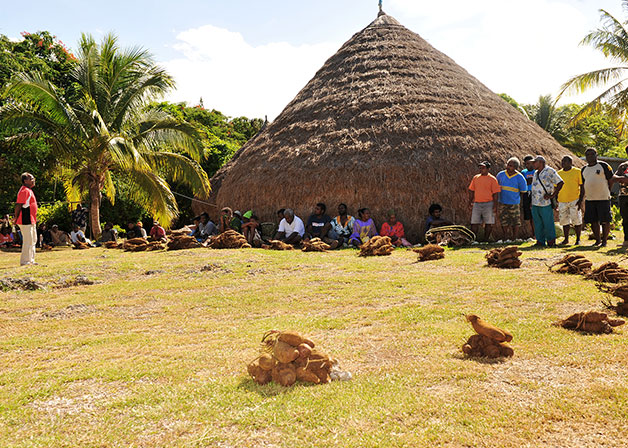
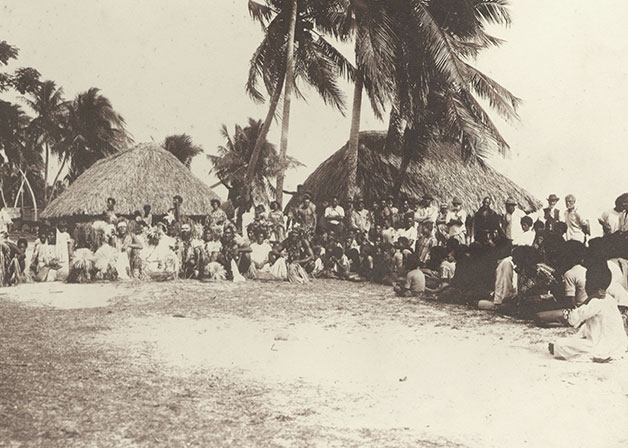
The uterine uncle
He is called “Tonton” (uncle) and not “Papa” (daddy). The “tonton”, in Kanak culture, means the maternal uncle, distinguishing him from the “Papa”, the father’s brother or cousin. This difference in names illustrates the different roles of these uncles. The first group, the uterine uncles, occupy a very important place as they, like the mother, symbolise the gift of blood, the breath of life. The second group, the paternal uncles, are supposed to have provided only the child’s skeleton.
The uterine uncles are thus present at the crucial stages in life. When a child is born, the uterine uncles must be told first. The clan of the newborn’s father will thank the maternal clan with a custom offer. The clan has given him a fertile woman; it has offered life to his infant. The maternal uncle’s stature leads to a deferential attitude on the part of the nephew.
In the islands when a child goes to the home of his uterine uncles, he respects certain taboos. For example, he must not pick fruit or take an animal from his uncle’s land. Tradition says that the tree would no longer bear fruit and the animal would risk death.
These uncles’ almost sacred character is again seen when the nephew is injured and loses blood. The parents must beg the uncle’s pardon with substantial gifts. The uncle can then reprimand the parents; he can criticise them for not taking enough care of his blood. On Maré this custom is still very strong. Even when slightly injured, a young adult must go and apologise to his uncle following an accident.
The paternal clan’s duties towards the maternal clan cannot be understood just in one direction. Indeed, the nephew is treated like a king by his uterine uncles. They see him as a reincarnation of their ancestors.
The closeness of these ties between nephew and uterine uncle can also be seen at the time of marriage. Before the ceremony, the future husband must work to provide a gift to his maternal uncle. During a custom marriage, the uterine uncles’ clan is awaited just as eagerly as the bride’s clan. Furthermore, the marriage will not begin until the uterine clan arrives, and a share of the gifts collected will be distributed to it during the ceremony. The final stage of life when the importance of these uncles is seen is death. Members of the uterine uncles’ clan will dress the deceased and close the coffin. They also receive the person’s physical property and his clothes. This is a symbolic way of recalling that the uterine uncles are the source of life.
Initiation rites
Despite Western and modern influences, traditions in the islands remain strong. It is not unusual to see adolescents and young adults wearing pubescent beards. Shaving a young boy is a rite of passage with codes that are still respected today.
It means that the young adult is old enough to get married and that the peak of adolescence has passed. Under these conditions, a boy does not touch his beard on his own. Those shaven the previous year come to fetch him at the right time. The initiates gather together. Once his beard is cut off, the young man, already becoming rather adult, is shown to the tribe’s newly married couples and then to his parents. In the past, this custom was carried out when the young man was 22 or 23 years old. Today, the average age of those shaved tends to drop, depending on the young man’s schooling and other social requirements. On Lifou, the young initiate must then shave regularly, as only old men wear a beard.Once the rite is completed, adults will be more tolerant of the initiate if they find him consuming alcohol, smoking or in the company of a young girl.
For the girls of the islands, an initiation rite is still practised at the time of the onset of the first menstruation. In Lifou, mothers can make their daughters drink a beverage based on plants and seawater. It can cause diarrhoea and vomiting. The teenager must resist fatigue. Otherwise, her behaviour will suggest that she had sex before she had her period. Tradition dictated that the young virgin could receive a proposal of marriage once the rite was completed.
Marriage
They may look as if they are having a bad day. A new husband and wife do not always smile for the cameras when they are married. The ceremony represents a crucial time: the entry into adulthood and responsibilities.
The woman is getting ready to leave her clan and join her husband’s. The suitcase full of mission dresses that she is offered on the occasion of this ceremony symbolises the new life awaiting her. With marriage, the man takes his full place in custom. He will speak in public more readily for he will be more respected by the elders.
Kanak marriage in the Loyalty Islands can be a love story but can also result from clan relationships. Thus, arranged marriages exist, though they are less numerous than in the past. The importance of social ties can be seen during the ceremonies preceding the civil marriage and its religious celebration.
On Lifou, the husband’s family receives offerings for several days from his clan and other relations, accompanied by speeches. At the same time, his family welcomes and feeds his future wife’s family. These days spent together, as well as the couple’s marriage, seal the alliance between the two clans. Words, sermons, and yams are exchanged. On Maré tuber crops have an important place in this traditional ceremony. Yams are arranged in mounds, one after the other, around an imaginary circle. Once the circle is closed, the custom marriage is over. The time for fresh sharing begins. The girl’s family may receive a substantial sum of money. It comes from financial contributions made by the husband's clan and the families who have come to make their customary offerings. While this financial contribution may be compared to buying the wife, it is also part of a complex cultural system. The money, which has replaced mats and yams, is intended to compensate the family for the loss of the young woman and to thank the bride’s mother.
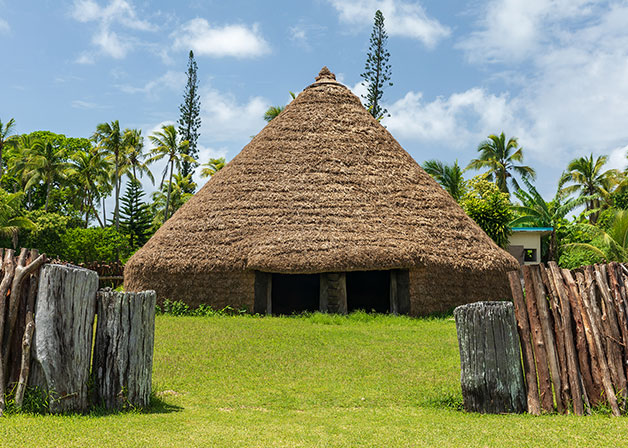
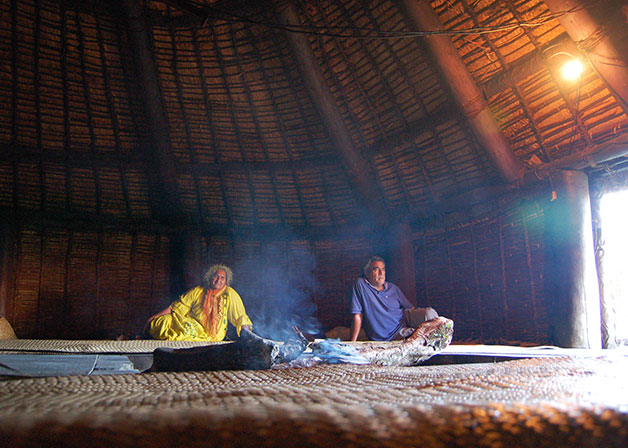
Grande chefferie (high chieftaincy)
Photos are not always welcome and decent dress is essential. When approaching a high chief’s hut in the islands, a respectful attitude is required. The dwelling, it must be said, is an important place. Here, the high chief’s important guests are received. The major decisions concerning the district’s arrangements are also made here.
Built from wood and straw, the high chief’s hut is distinguished by its size and its fence. It is the biggest dwelling in the district, as can be seen from the Hnathalo grande chefferie on Lifou and is surrounded by a wooden fence. On the islands, some of these fences, occasionally tilted, are said to date back several centuries. The high chief huts have only a main entrance with no door, embellished with sculpted doorposts.
On Lifou the grande chefferie (high chieftaincy) huts are called umepö. The centrepost, inatr in Lifou, is monumental: it represents the chief. The outer posts symbolise the clan or lineage chiefs. The construction of this dwelling reflects the way the society is organised, as the clans play a specific role. Thus, in the Wetr district on Lifou, a single clan has the responsibility for making the basket that will be placed high up in the building. Far from revealing the high chief’s absolute domination of other clans, this hut does not tell the whole story about the ties binding the district's most important person to the others. Some clans, though they live in the chief’s territory, are not represented when the hut is built. They appear relatively independent of the high chief.
The yam
In the Kanak world, the yam, the gift of Mother Earth, assumes a sacred dimension. Its cycle of growth punctuates human life and in each island, the yam harvest is the occasion for major custom ceremonies. It is also one of the principal items of exchange during intertribal events.
The sacred yam : In Kanak country, the yam comes from a magic world unknown to human beings. A manifestation of the divine order, it is born, dies and is reborn without end. It lights the way for human beings who, by planting and harvesting it, take part in the creation of the world. The yam is present at each stage in life, such as birth, marriage, mourning, divorce and alliances. At the centre of all these exchanges, even today, it is used to seal contracts and honour one’s word.
The father's clan : Symbolically, the yam is male. Connected to the sun, fire and dryness, it represents the power of the paternal clan. The time of planting is very important, for it allows transmission of this power. This is done through a symbolic ritual, of bringing the yam seed in contact with the yam stones. These stones, sacred objects, give physical form to the spirits of the dead.
The harvest is like a birth : Even once it is out of the ground, the yam retains its soul. It is welcomed into the human world with the most scrupulous care. “The man who takes a yam in his hand does not handle it like any other sacred object. [...] He slides his hand under the end called the head in order to support it and avoid it breaking under its own weight. Thus he holds it with the same gentleness used to carry a newborn child whose head is supported in case it falls. “ (Maurice Leenhardt, Do Kamo, La personne et le mythe dans le monde mélanésien (Do Kamo – The person and myth in the Melanesian world).)
The first fruits of the yam harvest : The appearance of the Pleiades constellation above the horizon is the signal for an essential stage, the time for harvesting the first tubers (the first fruits of the yam harvest). Traditionally reserved for the paternal line and the clan elders, these yams require more care in cultivation than other yams.
The yam festival : From February till April, when the tuber crops can be harvested, each clan brings the chefferie (chieftaincy) some yams cultivated for this purpose. This custom authorises unrestricted consumption which is then celebrated by the “new yams festival”.
Distinct varieties : A hierarchical distinction is made between different categories of yams. Thus, “real yams” are yams in the first category. Planted in the soil long ago, they are the basis of all exchanges and are fully integrated into custom ceremonies. The Kanaks distinguish them from ordinary yams which can be eaten every day. As for semi-wild yams, they are used as a back-up harvest.
Koko etha, the yam venerated on Lifou : Before the arrival of the first missionaries, Lifou’s inhabitants worshipped Koko etha, the sacred yam. As a sign of respect, subjects bowed when the high priest lifted the pure white yam. It is said that on the day of the new yam offerings, a ball of fire struck a cliff and broke it in two. The yam god then asked the inhabitants of Lifou to accept the man who would one day speak of another god, “the true god”. They did as requested. They adored the sacred yam until a man came and spoke of another god.
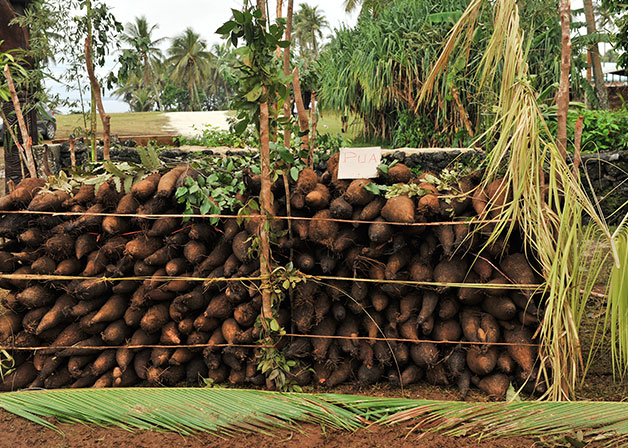

Stories
Imps, forest spirits, devils and young girls inhabit the stories of the Loyalty Islands. While there is less oral transmission of these stories today, nevertheless such transmission provides information as to the Kanak conception of the world and enables us to understand better the links between the visible and the invisible, the land and the sea, the older and younger clans.
This duality in things and in the way society is organised is found in the stories’ beginnings. Their main characters may be two brothers (like the Gugumelan, two Siamese twins in a story from Ouvéa), two sisters, two imps or else other pairs like a grandfather and his grandson, a uterine uncle and his nephew. This division into pairs appears to reflect an essential element of group cohesion: it can only exist through balance between two elements.
In the Loyalty Islands the myths also often refer to a territory. The most well-known myth, The Octopus and the Rat tells of the enmity between two animals but also of the Lifou octopus’s journey to Tiga. An Ouvéa story, which describes the flight of two men from Canala, on New Caledonia’s main island, to Mouli, in the south of Ouvéa, recalls ancient ties between Canala and Ouvéa. These spatial elements are also found in other stories, those belonging to the land clans or certain chieftaincies.
The myths can even indicate the group’s origin: families can “come out of” a cave or a hole. In the same register, creation stories, female characters occupy an important place in the oral tradition. A woman, often an old woman, becomes the one who organises the clans and gives them life. The symbolism associated with the mother extends to the importance given to uterine uncles in the islands.
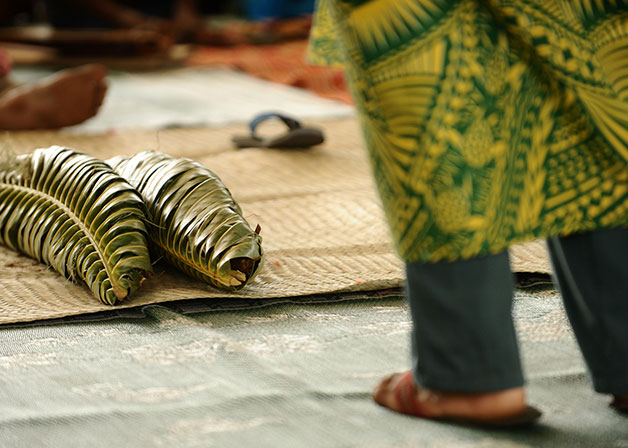
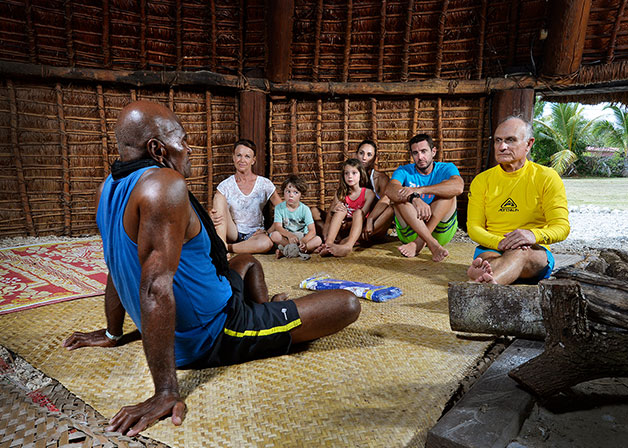
THE CUSTOMARY OFFERING
In the Melanesian world, certain formalities and words are associated with particular actions in daily life. For example, when arriving or leaving someone’s home, the customary offering is performed:
All of Nengone (Maré), Toka (Tiga), Drehu (Lifou) and Iaai (Ouvea), whatever the district, is governed by the pene nod (Maré), qene noj (Tiga and Lifou), hwen hnyei or faga manaha (Ouvea), which is a set of rules for collective living built on respect for people, duty, one’s word and relationships.
When you enter a district (under the authority of a chefferie or chieftaincy), it is preferable to make your presence known, as a sign of respect, to the toan (Maré), amekötine (Tiga and Lifou), than or aliki (Ouvea), the person responsible to the chieftaincy for managing a tribe.
The first link in the welcome is called shudru waruma (Maré), qëmêk (Tiga and Lifou), sigâa (Ouvea); this custom, often given form with a piece of fabric, is, in reality, a way of thanking the Invisible Guide who accompanied us and enabled the meeting. Often this is the moment when the person arriving sets out his or her intentions.
The meeting time is always a time of silence and becoming acquainted. Finally, the shudru waruma is a way of ensuring the traveller’s security during the stay: the traveller puts him or herself under the hosts’ benevolent protection. The traveller thus becomes a link in the community relationship. As words are precious, it is recommended that you stay silent during the host’s thanks, as a sign of respect and humility towards the person who is speaking.
The shudru waruma also remains the first duty on entering the home of individuals.


